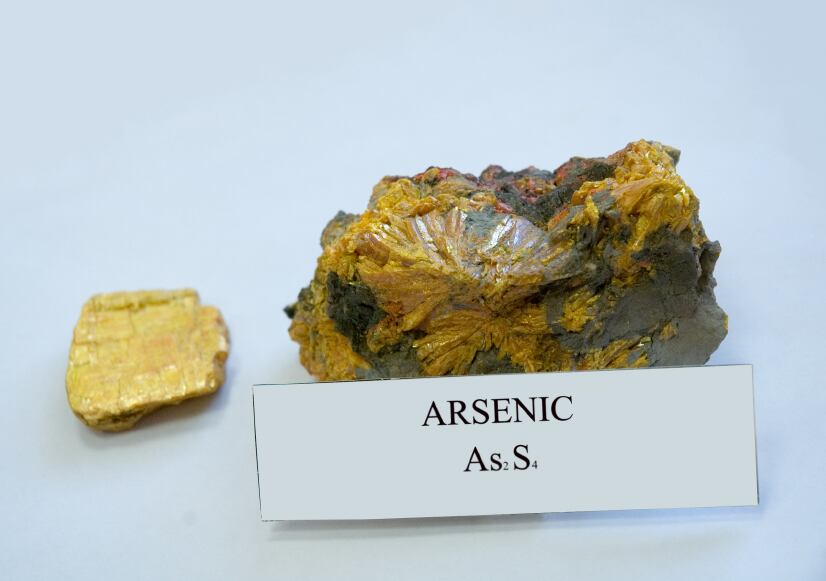Senior scientist and acting head of the research group at the Technical University of Denmark (DTU), Jens J Sloth, told FoodNavigator the method is more accurate than conventional techniques because it distinguishes between the different chemical forms of arsenic that exist - organic-bound and inorganic – whereas conventional methods only determine the total amount.
Maximum permitted levels of inorganic arsenic in food - the most toxic form - were set last year at an EU level and have been mandatory in all member states since 1 January 2016.
“Both [the EU and the World Health Organisation (WHO) have established toxicological guideline values for dietary exposure to inorganic arsenic and emphasised the need to do specific analysis on inorganic arsenic for the risk assessment. Older data on total arsenic would require that assumptions on the inorganic arsenic content must be made, which is not a trivial task, and hence total arsenic data can bias the risk assessment.”
The method can be purchased through national European standardisation bodies. “It is primarily intended for use in laboratories involved in food testing, both labs involved in official food control, but also food companies who want to ensure that their products do not contain elevated levels of inorganic arsenic (or in commercial food laboratories doing contract analysis for companies). The recent establishment of maximum levels for inorganic arsenic in rice and rice-based products in EU emphasises the need for fully validated methods for control of the maximum levels,” Sloth added.

Arsenic
Arsenic occurs naturally in the earth’s crust and is released through natural and anthropogenic processes, including the melting of copper and lead and the use of fossil fuels. It then enters the soil, groundwater and surface water, and can then be absorbed by plants.
In food, arsenic occurs both in the form of organic compounds (e.g. in fish and seafood) and inorganic compounds. Inorganic arsenic compounds are classified as carcinogenic in humans.
When consumed over long periods of time, even in relatively small amounts, they can result in skin changes and vascular and nerve damage, as well as being toxic to development and contributing to cardiovascular problems.
According to the DTU researchers, the new method has been tested and verified by 15 laboratories in Europe and the US, and can help member states monitor and collect data on arsenic levels in foods, as per a European Commission recommendation from August last year. This requires member states to perform continuous assessments of arsenic in foods from 2016 to 2018. The range of foods should include a wide range of foods such as cereal grains, coffee, tea, fruit and vegetable juices, milk, dairy and baby foods. This data is submitted on a regular basis to EFSA to be recorded in its database.
“As the member states begin to report results from samples that have been analyzed using the new standard, EFSA will be able to create a more accurate picture of the actual contents of inorganic arsenic in Europe’s food. This knowledge can then be used to strengthen EFSA’s risk assessments in this area,” Sloth said.
How does the method work?
In a nutshell: A representative test portion of the sample is treated with a diluted nitric acid and hydrogen peroxide solution in a heated water bath. Hereby the arsenic species are extracted into solution and As(III) is oxidized to As(V). The inorganic arsenic is selectively separated from other arsenic compounds using anion exchange high performance liquid chromatography coupled online to the element-specific detector, inductively coupled plasma mass spectrometry, for the determination of the mass fraction of inorganic arsenic.
New levels a 'safety fail'?
Professor of biological sciences at Queen’s University in Belfast, Andrew Meharg, told FoodNavigator last year the maximum levels were set so high there was no incentive for manufacturers to lower arsenic content in their products. He called the regulation “a lost opportunity” to provide safer food in Europe.
Last year Meharg led a team of scientists from Queen’s University, Belfast tested different percolating methods to remove arsenic from rice, and concluded that a shop-bought coffee percolator could be the best method for removing the carcinogen from all types of rice, including white and wholegrain.
